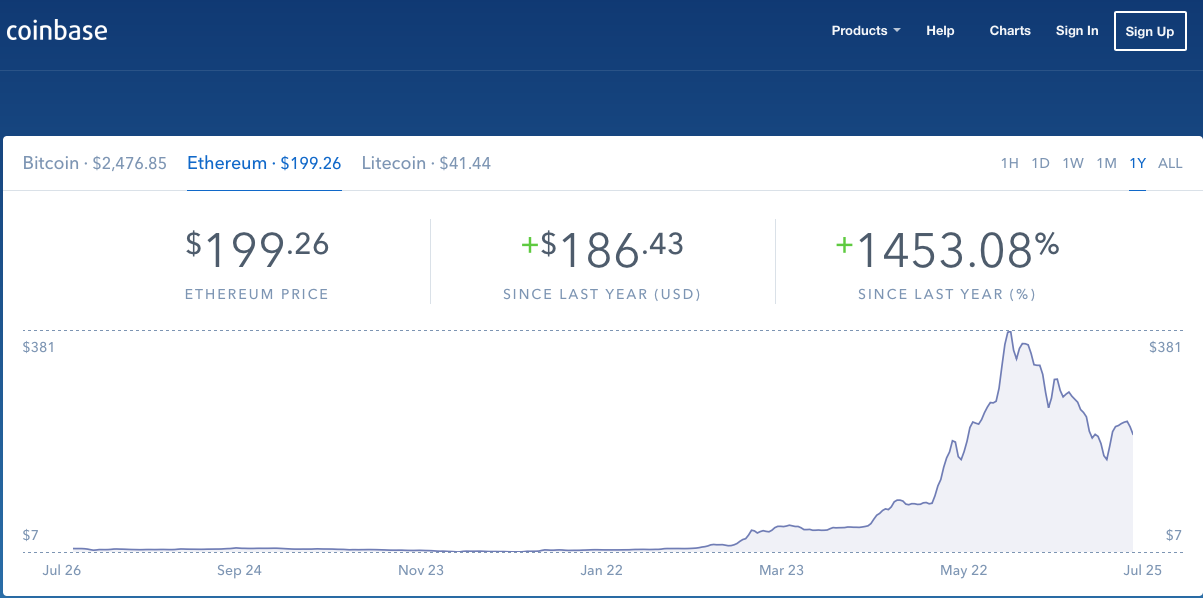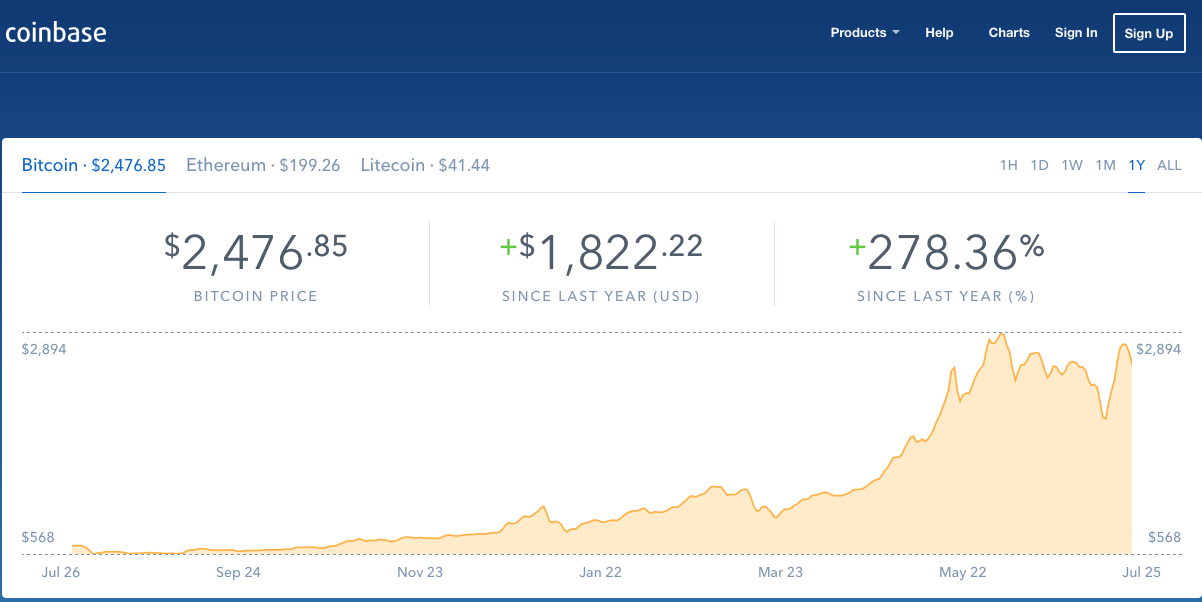The Rise of Ethereum Beyond BitCoin
/Ethereum's Ether is the second most popular cryptocurrency behind the famous BitCoin, but few have heard about it.
The Ethereum Project created Ether coin in 2014 "to be treated as 'crypto-fuel', a token whose purpose is to pay for computation, and is not intended to be used as or considered a currency, asset, share or anything else."
Since last year, BitCoin TRIPLED in value, while Ether increased over 1,400%! Both altcoins were very volatile recently, with Ether plunging from ~$300 to just $0.10 and back up again in just one day (June 21, 2017) and such massive trading even crashed the Coinbase exchange platform blocking users from buying or selling during the roller coaster.


Ether = Blockchain + Smart Contracts


Ether and BitCoin both rely on blockchain technology, a powerful global data infrastructure that transfers values and ownerships online. Transactions are publicly logged online and thus prevents counterfeiting and fraud.
But what makes Ether even better than BitCoin is its "Smart Contract" technology that actually programs transactions. Basically, Ethereum allows users to custom design contractual agreements that automatically trigger without the need for service providers like lawyers, banks, managers, paperwork, etc. This could completely revolutionize all kinds of transactions and organizations as we know it, making them more personalized, automatic, efficient, and accessible to people.
"This enables developers to create markets, store registries of debts or promises, move funds in accordance with instructions given long in the past (like a will or a futures contract) and many other things that have not been invented yet, all without a middle man or counterparty risk."
Because of this, Ether is becoming very popular among big corporations like Barclays who trades derivatives with Ethereum's smart contracts.
"Ethereum allows you to hold and secure ether and other crypto-assets built on Ethereum, as well as write, deploy and use smart contracts."
So while BitCoin is a new digital currency, Ethers are tokens used to power a new digital economy. It seems both will be useful in the future.










